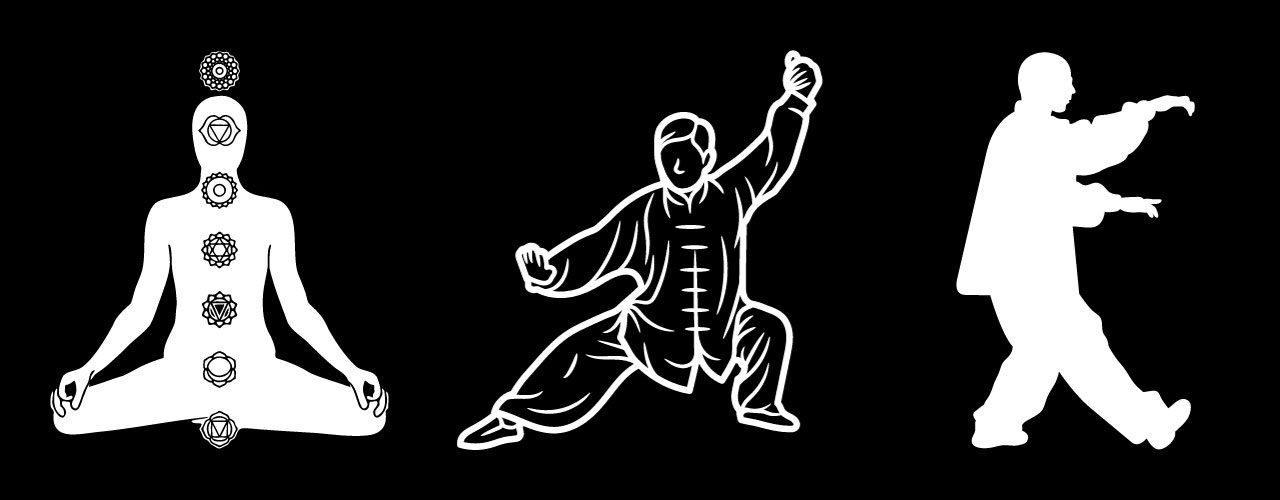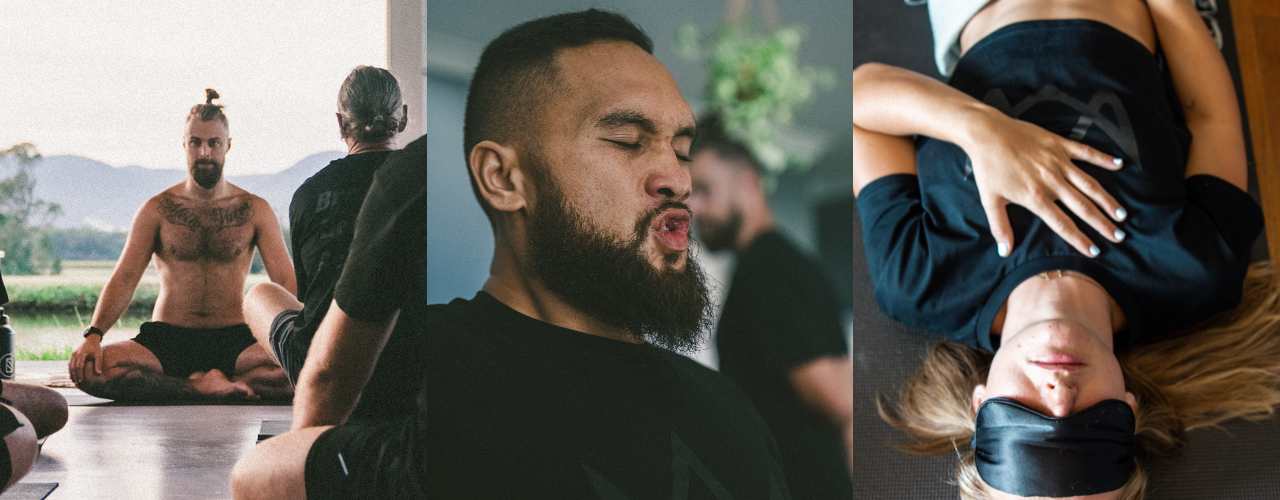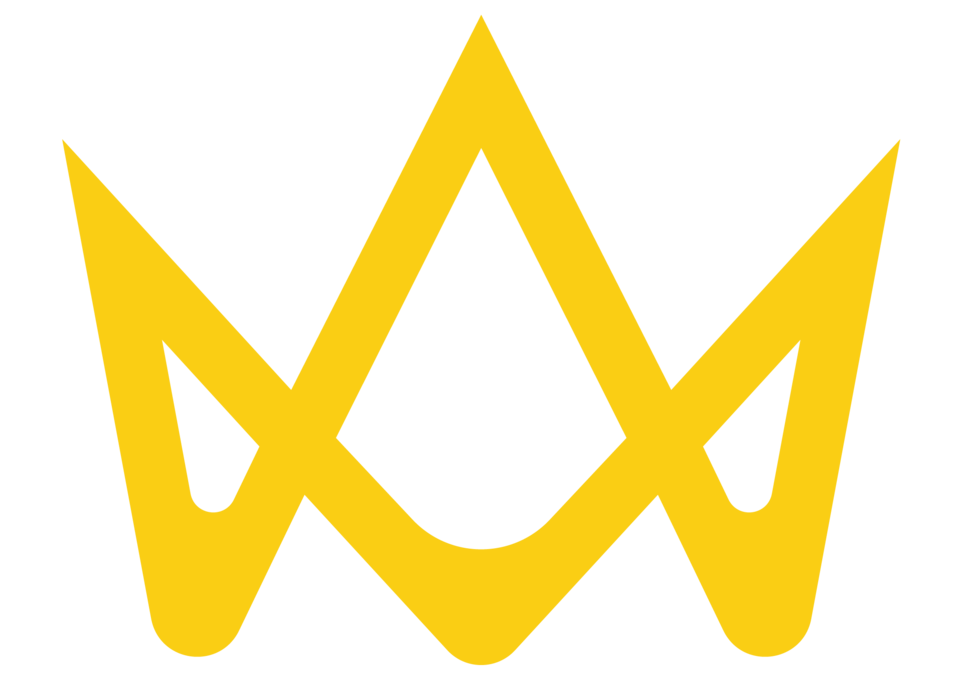WHAT IS MENS MEDICINE?
Mens Medicine is a Mens & Womens Support & Empowerment Movement.
A concept conceived in 2018 and then birthed in 2019, Mens Medicine emerged from the humble beginnings of 6 men.
WHAT IS MENS MEDICINE?
Mens Medicine is a Mens & Womens Support & Empowerment Movement.
A concept conceived in 2018 and then birthed in 2019, Mens Medicine emerged from the humble beginnings of 6 men.
Despite the current popular rising trend of breathwork amongst the community, breathwork is not a new pratice with it's origins dating back to ancient practices that have been used in many cultures across the world. Over time new techniques & uses have evolved, which is quite phenomenal as this is all through the simple use of the breath!
Breathwork: A Journey Through Time and Transformation
Breathwork, a practice rooted in ancient wisdom and continuously evolving, holds a profound place in human history. Its journey weaves through cultures, centuries, and visionary minds who have harnessed the power of breath for personal growth, healing, and self-discovery. Here, we embark on a journey through time, tracing the history of breathwork, its evolution, and the pioneers who have illuminated the path.

Ancient Practices (Thousands of Years Ago): The origins of breathwork can be traced back over thousands of years:
- In India, practices like Pranayama in yoga, focused on breath control to channel life force energy (prana), have roots in ancient Vedic traditions dating back to at least 1500 BCE.
- In China, Qigong and Tai Chi, which incorporate breath control for physical and mental well-being, have ancient origins, with some elements dating back more than 3000yrs.
Ancient Greece (5th Century BCE): Greek philosopher Pythagoras recognized the intimate connection between breath and life force, advocating specific breathing techniques to influence both physical and spiritual states.
Early 20th Century: Western thinkers, including psychoanalyst Wilhelm Reich, began exploring the therapeutic potential of breathwork. Reich's "orgone therapy" introduced breathwork as a means to release emotional and physical tension.
1970s - The Rise of Modern Breathwork:
- Dr. Stanislav Grof and Christina Grof: The Grofs unveiled Holotropic Breathwork, a transformative practice. It combines controlled breathing and music to induce altered states of consciousness, enabling profound healing and self-discovery.
- Dr. Judith Kravitz: Founder of Transformational Breathwork, Dr. Kravitz pioneered conscious connected breathing to release emotional blockages, reduce stress, and foster personal growth.
- Leonard Orr: Orr's Rebirthing Breathwork, emerging in the 1970s, emphasized conscious breathing to access and release emotional traumas, paving the way for spiritual growth.
21st Century - Breathwork Renaissance:
Breathwork's popularity surged in recent years as individuals sought holistic approaches to mental and emotional well-being. Workshops, retreats, and online resources blossomed, making breathwork accessible to all.
Contemporary Breathwork Innovators:
- Wim Hof: Known as the "Iceman," Wim Hof popularized a breathing method that involves controlled hyperventilation and breath holds to enhance physical and mental endurance.
- Patrick McKeown: Author of "The Oxygen Advantage," McKeown has explored the Buteyko method, emphasizing nasal breathing for improved oxygenation, health, and athletic performance.
From the ancient practices to Wilhelm Reich, Dr. Stanislav Grof, Christina Grof, Dr. Judith Kravitz, Leonard Orr, Wim Hof, Patrick McKeown, and others — they have all left made great contributions on the landscape of breathwork. Their vision and dedication have made breathwork a recognised and accessible tool for personal transformation. Through the ages, breathwork has transcended cultural boundaries, offering a profound journey of self-discovery, healing, and empowerment for those who dare to explore its depths.
BREATHWORK STYLES & TECHNIQUES

Breathwork encompasses a wide range of techniques and styles, each with its unique approach and benefits. Here are some of the different and more well known styles of breathwork:
- Pranayama: Rooted in yoga, Pranayama involves various breathing exercises and techniques to control and manipulate the breath. It's used to balance energy, increase vitality, and enhance mental clarity.
- Holotropic Breathwork: Developed by Dr. Stanislav Grof, this method combines deep, fast breathing with evocative music to induce altered states of consciousness, facilitating healing and self-discovery.
- Transformational Breath: Founded by Dr. Judith Kravitz, this practice focuses on conscious connected breathing, helping individuals release emotional blockages, reduce stress, and promote personal growth.
- Rebirthing Breathwork: Created by Leonard Orr, Rebirthing Breathwork emphasizes conscious breathing to access and release suppressed emotions and trauma, often related to birth experiences.
- Wim Hof Method: Developed by Wim Hof, also known as the "Iceman," this technique incorporates controlled hyperventilation and breath holds to enhance physical and mental endurance. It's often used for cold exposure and stress reduction.
- Buteyko Method: Named after its creator, Konstantin Buteyko, this method emphasizes nasal breathing and reducing overbreathing. It's used to improve oxygenation, reduce anxiety, and manage various health conditions.
- Tummo breathwork: Also known as Tummo meditation or Inner Fire meditation, is a specialized form of breathwork and meditation that originates from Tibetan Buddhist practices. "Tummo" means "inner fire" in Tibetan, and this technique is believed to generate internal heat and awaken dormant energy within the body. Tummo is also associated with the practices of Vajrayana Buddhism.
- Alternate Nostril Breathing (Nadi Shodhana): A yogic technique, this involves closing one nostril at a time while breathing. It's used to balance energy, calm the mind, and reduce stress.
- Circular Breathing: Often associated with wind instrument players, circular breathing involves inhaling through the nose while simultaneously exhaling through the mouth, allowing for continuous airflow. It's used for endurance and maintaining a consistent sound.
- Conscious Connected Breathing: This is a broad category encompassing any practice that involves intentional, mindful control of the breath. Techniques vary widely and can be used for relaxation, stress reduction, and personal development.
- Somatic Breathwork: This approach emphasizes the connection between the body and breath, often incorporating movement and body awareness to release tension and promote emotional healing.
- Shamanic Breathwork: Inspired by indigenous shamanic practices, this style uses breath and rhythm to induce altered states of consciousness, facilitating inner exploration and healing.
- Rhythmic Breathing: Refers to a specific pattern of breath characterized by a consistent and regular rhythm or tempo. In rhythmic breathing, the inhales and exhales follow a predetermined sequence, often involving equal or balanced durations for each phase of the breath cycle. This practice aims to create a sense of calm, balance, and relaxation in the body and mind.
- Box Breathing: Popularized by the Navy SEALs, this technique involves inhaling, holding, exhaling, and holding the breath in equal counts. It's used to increase focus, reduce stress, and enhance performance.
- Heart coherence breathwork: A specific form of breathwork aimed at achieving heart coherence—a balanced and harmonious state of the heart's rhythms. This practice is based on the understanding that when the heart rhythms are coherent, it has a positive impact on mental, emotional, and physical well-being.
- 4-7-8 Breathing: Created by Dr. Andrew Weil, this technique involves inhaling for a count of 4, holding for 7, and exhaling for 8. It's used to promote relaxation and alleviate anxiety.
These are just a few examples of the diverse styles of breathwork available. Each style offers its own set of benefits and may be suitable for different purposes, from relaxation and stress reduction to personal growth and spiritual exploration. Choosing the right style often depends on your goals and preferences.
As you can see even though there are only 2 airways i.e. the nose & the mouth that the human body can breathe in & out of, there is a wide range of different breathwork styles & techniques that can be performed!
Many of these styles & techniques are a slight variation from others and are possible to fall into similar categories.
4 PART FORMULA
In this Training we are going to group your Breathwork Training into 4 categories:
- Nasal Breathing: Styles & techniques that focus on predominantly nasal breathing. E.g. Pranayama, Alternate Nostril Breathing, Buteyko Method
- Performance Breathwork: Styles & techniques that focus on human performance & improvement of health. Predominantly nasal breathing with mouth breathing where required. E.g. Wim Hof, Oxygen Advantage, Hot & Cold Immersions
- Rhythmic Breathing: Styles & techniques that focus on breathing to a rhythm. Nasal & mouth breathing. E.g. Box Breathing, Triangle Breathing, Heart Coherence, 4-7-8 Breathing
- Transformation Breath: Styles & techniques that focus on transformation and deeper emotional/energy release with most being predominantly through mouth breathing. E.g. Holotropic Breathwork, Transformational Breath, Somatic Breathwork, Rebirthing Breathwork
Please download the attached breathwork audio to practice with your Daily Rituals over the next week.
Enjoy!
